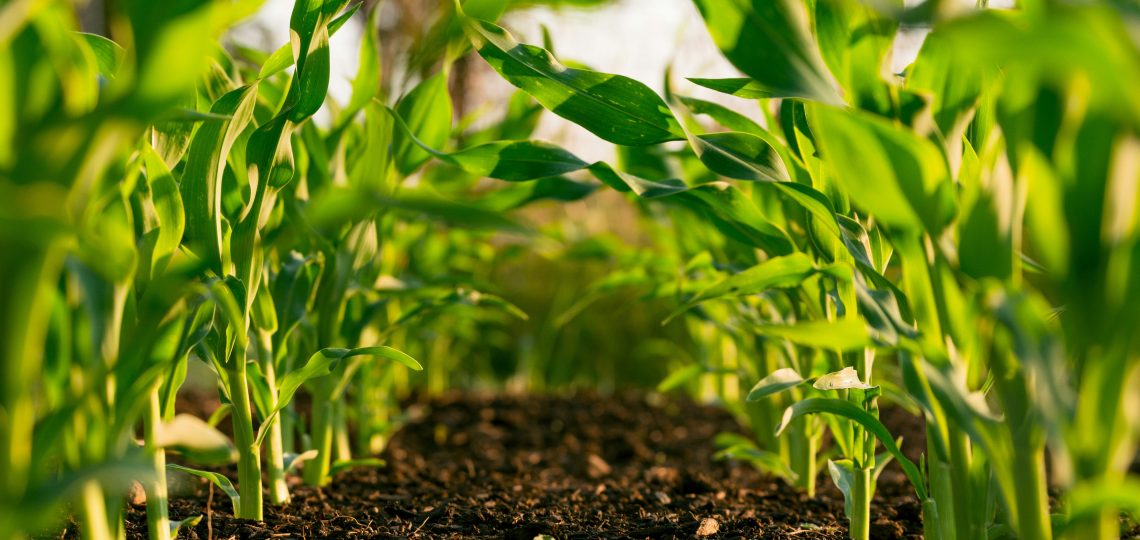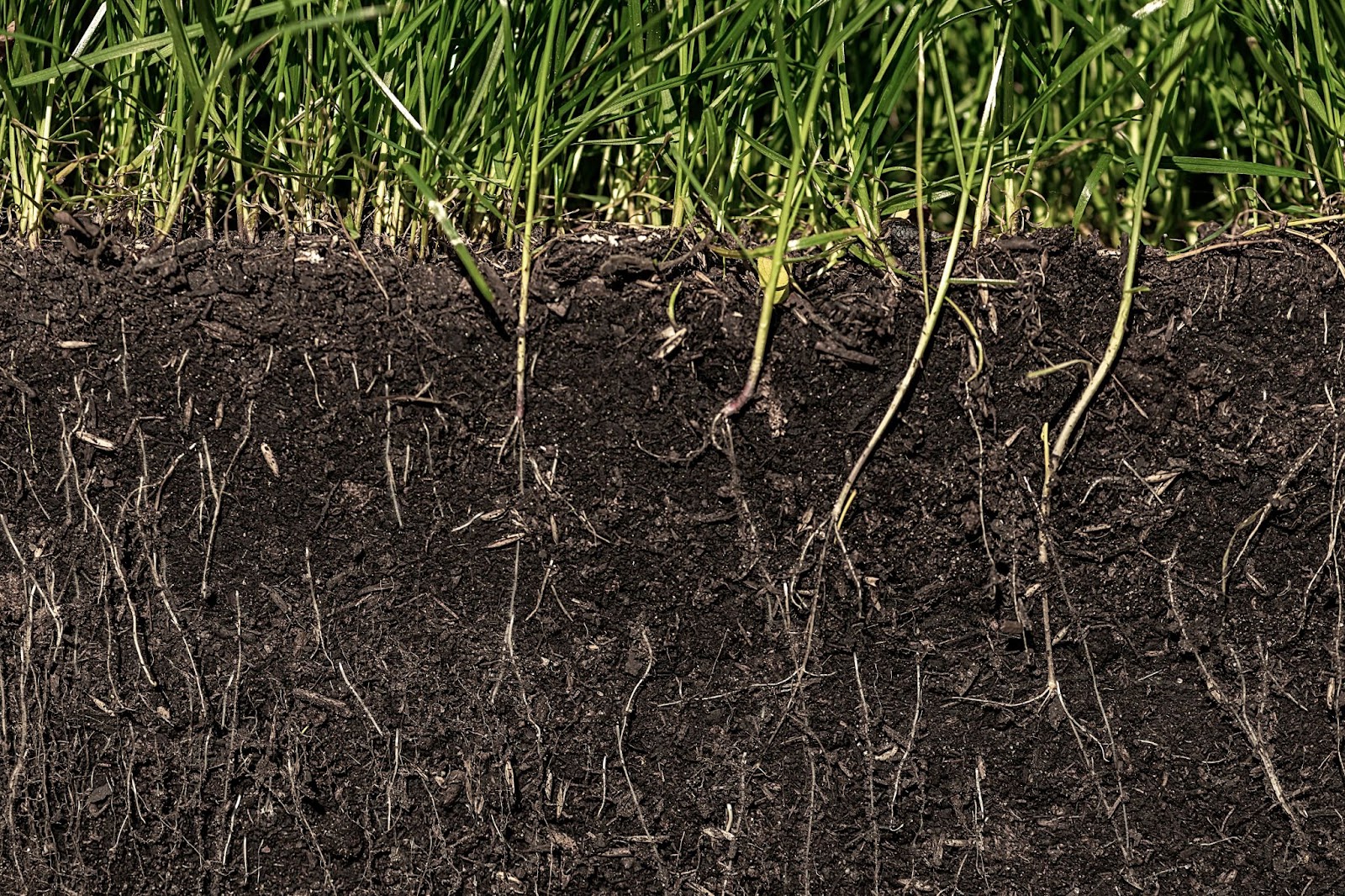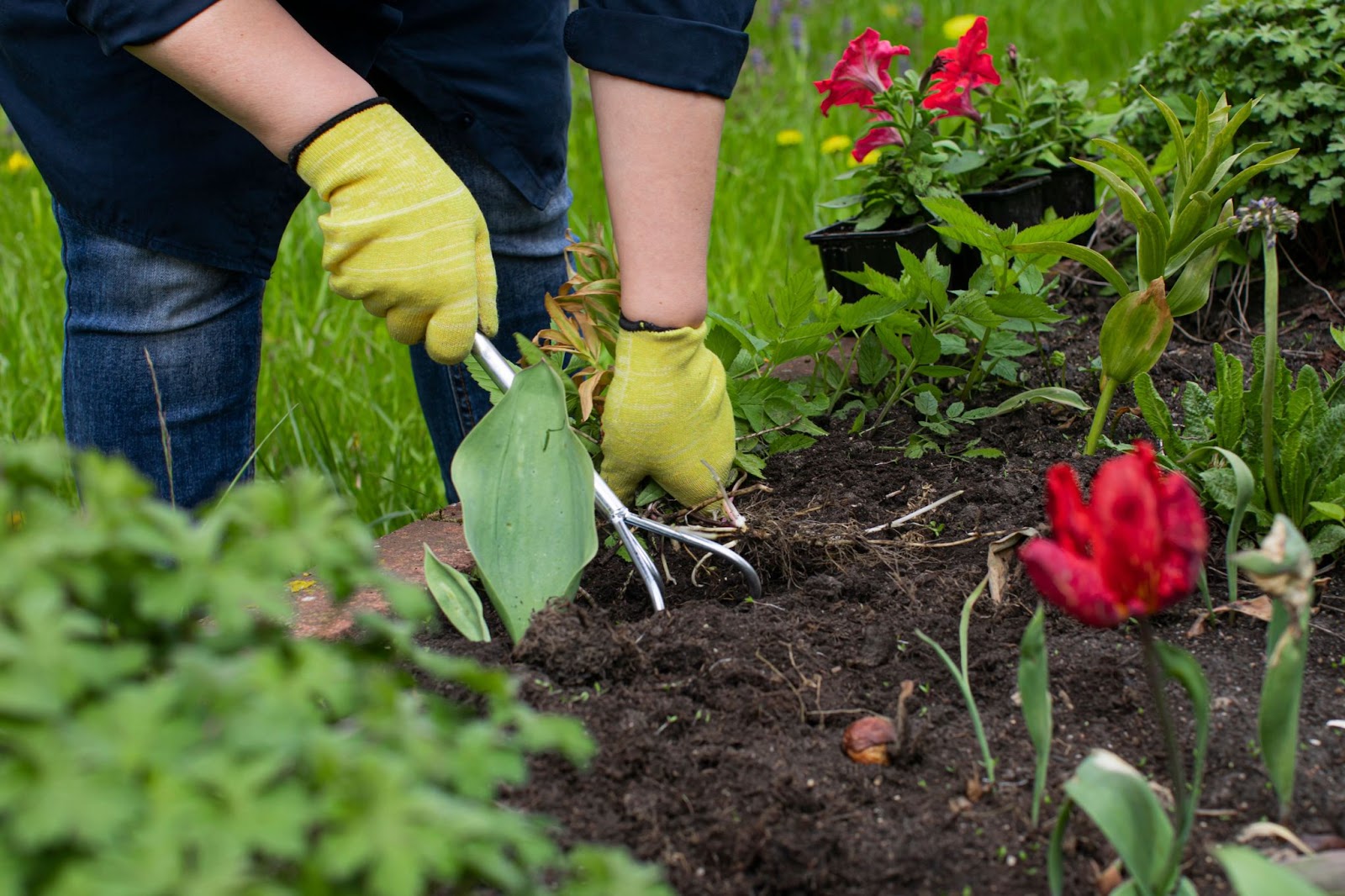
A Guide to Maintaining Healthy Soil
Soil, the silent hero beneath our feet, is the unsung foundation of life itself. Its health not only sustains the vibrant tapestry of ecosystems but also plays a pivotal role in ensuring global food security. Yet, it’s often overlooked, its vitality underestimated. In this comprehensive guide, we’ll delve into the intricacies of soil health and explore practical steps to nurture and maintain it for generations to come.
Understanding Soil Health

Before we embark on the journey of soil maintenance, it’s essential to comprehend what constitutes healthy soil. Think of soil as a living, breathing ecosystem teeming with microscopic organisms, nutrients, water, and air. Healthy soil is characterized by a balanced microbial community, adequate nutrient levels, good structure, and optimal water retention capacity.
Key Factors Influencing Soil Health

1. Organic Matter: The lifeblood of healthy soil, organic matter enriches soil structure, retains moisture, and provides a steady supply of nutrients.
2. pH Balance: Soil pH affects nutrient availability to plants. Most crops thrive in slightly acidic to neutral soils, making pH management crucial for optimal growth.
3. Soil Structure: A well-structured soil allows for adequate air and water movement, fostering root development and microbial activity.
4. Nutrient Levels: Essential nutrients like nitrogen, phosphorus, and potassium must be available in the right proportions for plants to thrive.
5. Soil Erosion: Protecting against erosion safeguards soil structure and prevents nutrient loss, preserving its fertility.
Practical Tips for Maintaining Healthy Soil

1. Practice Crop Rotation: Rotate crops annually to prevent soil depletion and control pests and diseases.
2. Implement Cover Cropping: Cover crops protect soil from erosion, suppress weeds, and contribute organic matter upon decomposition.
3. Minimize Tillage: Excessive tillage disrupts soil structure and accelerates erosion. Adopt minimal tillage or no-till practices to preserve soil health.
4. Compost and Mulch: Amend soil with compost to replenish nutrients and improve soil structure. Mulching conserves moisture, suppresses weeds, and moderates soil temperature.
5. Monitor Soil Moisture: Regularly assess soil moisture levels and irrigate efficiently to prevent waterlogging or drought stress.
6. Conduct Soil Tests: Periodic soil testing helps assess nutrient levels and pH, enabling targeted amendments to maintain soil fertility.
7. Practice Responsible Nutrient Management: Apply fertilizers judiciously, considering crop requirements and environmental impacts, to prevent nutrient imbalances and pollution.
8. Combat Soil Compaction: Avoid heavy machinery on wet soils and employ practices like deep-rooted cover crops to alleviate compaction and enhance soil aeration.
The quest for maintaining healthy soil is not merely a responsibility but a commitment to the sustenance of life on Earth. By adopting sustainable practices and nurturing the very ground on which we tread, we sow the seeds of a bountiful future! Let us be stewards of the soil, guardians of its vitality, and custodians of generations yet to come. Together, let’s cultivate a world where healthy soil thrives, sustaining life in all its forms!
Related Products:
Feel free to visit United Providers of Health for health related blogs!
Also, take some time to answer a quick survey about Social Determinants of Health!
